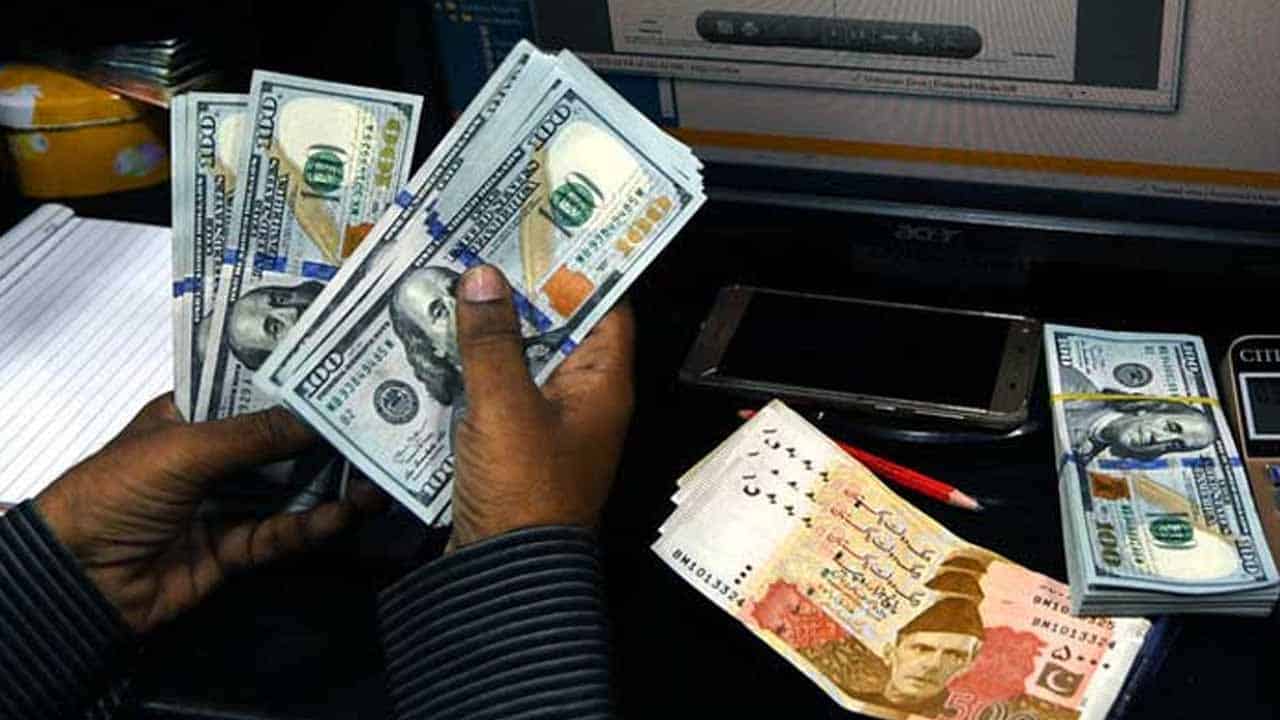The Pakistani rupee continued to fall against the US dollar, falling 0.15% in interbank market trading on Tuesday.
Around 12:30pm, the currency was quoted at 284.28, a Re0.43 decline.
On Monday, the rupee fell against the US dollar, finishing at 283.85 in the interbank market.
According to Bloomberg on Tuesday, Moody’s Investor Service also cautioned that Pakistan could fail without an IMF rescue since the country has uncertain financial alternatives beyond June.
“We believe Pakistan will meet its external payments for the remainder of this fiscal year, which ends in June,” Grace Lim, a sovereign analyst with the Singapore-based ratings agency, was reported as saying by Bloomberg.
“However, beyond June, Pakistan’s financing options are highly uncertain.” Without an IMF programme, Pakistan may default due to its extremely low reserves.”
Meanwhile, the IMF Executive Board has planned meetings till May 17, but Pakistan is not on the agenda because the ninth review under the Extended Fund Facility (EFF) programme is still waiting.
Pakistan is keen to restart its bailout plan, which has been stuck since the ninth review in November of last year.
Globally, the US dollar edged higher on Tuesday as a loan survey revealed that US lending conditions were less bleak than predicted, while the pound approached a one-year high on predictions that the Bank of England will raise interest rates this week.
A day earlier, the Federal Reserve’s quarterly Senior Loan Officer Opinion Survey (SLOOS) revealed that, while credit conditions for US businesses and households remained tight at the start of the year, this was most likely due to the Fed’s aggressive rate hikes rather than severe banking sector stress.
The US dollar index climbed 0.03% to 101.47 against a basket of currencies, although it stayed close to recent lows as speculators anticipate a peak in US interest rates.
Oil prices, a key indicator of currency parity, dipped in early trade on Tuesday, reversing substantial gains from the previous two sessions, as markets remained cautious ahead of April US inflation numbers, which will be crucial in determining the Federal Reserve’s next interest rate decision.






